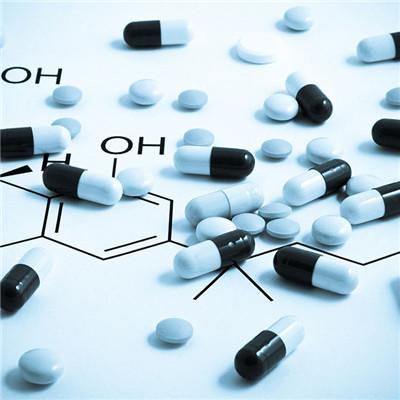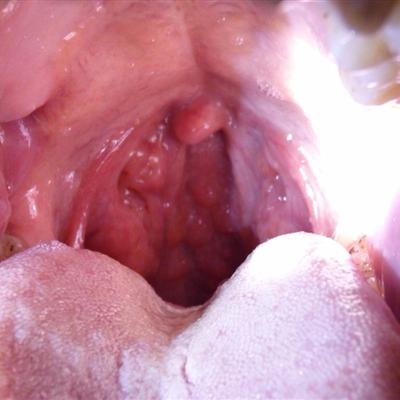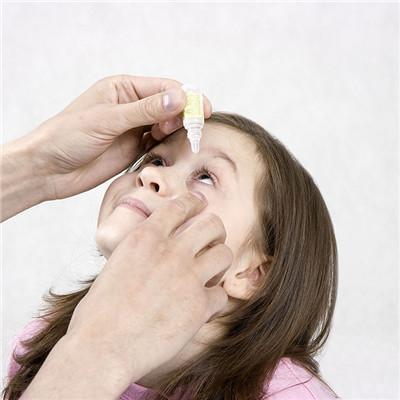Lower extremity arterial embolism symptoms?
summary
Acute lower extremity arterial thrombosis refers to a pathological process in which the embolus falls off from the heart or proximal artery wall or enters the artery from the outside, and is pushed to the far side by the blood flow, blocking the blood flow of the artery and leading to limb ischemia and even necrosis. It is named because of the sudden onset of the disease. Lower extremity arterial embolism symptoms? Let's talk about it
Lower extremity arterial embolism symptoms?
Pain is often the earliest symptom of acute lower extremity arterial embolism, which gradually extends to the distance. Numbness is the first symptom in about 20% of patients, but the pain is not obvious. In addition, the symptoms of acute lower extremity arterial embolism are skin color and skin temperature changes, limb blood circulation disorders.

The subcortical subpapillary venous plexus was first emptied and the skin was waxy pale. If there is still a small amount of blood accumulated in the blood vessels, scattered small island purple spots can appear between the pale skin. The superficial veins were shriveled, the capillaries filled slowly, and the gastrocnemius was dough like.

With the further development of ischemia, the muscle can be stiff and the skin temperature of the affected limb decreases, especially in the distal part of the limb. Skin temperature change is actually one joint lower than the embolic plane. In the case of embolism at the end of abdominal aorta, the change of skin temperature is about in bilateral thighs and buttocks, the common iliac artery is about in the lower part of thigh, the common femoral artery is about in the middle of thigh, and the artery is about in the lower part of leg.

matters needing attention
Interventional therapy has the characteristics of less trauma, fewer complications and quick recovery, which can be used to treat patients who can not tolerate surgery. The clinical effect of interventional therapy is better than that of anticoagulant therapy and systemic thrombolysis.













